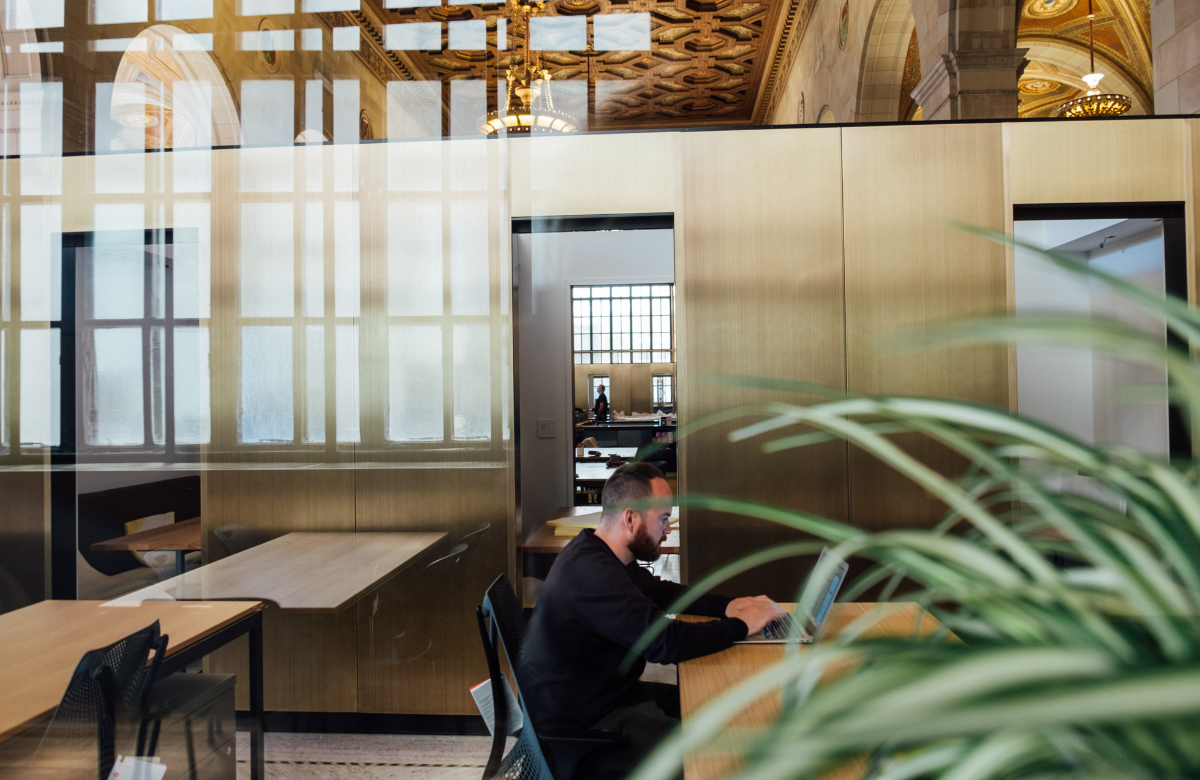
What solutions should technology leaders pursue in order to adapt to workplace trends and have the last 12 months challenged preconceptions of what works for their business?
As the enforced transition to hybrid working settles into the workforce’s daily habits, businesses across many sectors are finding the horse has officially bolted and the five-day a week in-office system is over. This great change requires great adaptations and for that to happen seamlessly, a delicate balance of new technology, leadership and vision are required to enable progress in a team who are, for now, quite disparate.
With Lea Sellers moderating, the speakers of this roundtable debate include:
- Rob Smith, Senior Director, Sales, Shure
- Gavin Stubbs, CIO, Clockwise Group
- Jason Oliver, Director of IT, University of Sussex
- Alison Davis, CIO, Natural History Museum
- Shuvankar Pramanick, CIO, Columbia Asia Hospitals
Solutions-driven
Shuvankar Pramanick revealed his experience. Based in India, his business is a large player in the Asian power’s healthcare industry with 50 hospitals across the subcontinent. Its first challenge was how to take care of its patients, their diagnostics, CT and MRI scans, and more, with remote working enforced for a proportion of its workforce.
“For the first two to three months,” Shuvankar said, “we made sure our outpatients took remote consultations—it was our first challenge—before we then focused on our employees. That forced us to look at collaborative efforts and remote workplace technologies so our workflows could run as smooth as possible.”
For Gavin Williamson of Clockwise Offices, in the UK, priorities were a little different.
“We really feel that investing in office design and solutions that enhance that experience [is the priority,” he said. “Hybrid working will continue but the next normal isn’t clear just yet.”
He went on to say that the office was transformed into a destination event, rather than a daily, habitual place, so investments to differentiate the office of now from before will benefit any organisation and its team. He also called our flexibility as a key trait for the future of work. Offices that enable a dispersed workforce to seamlessly communicate and collaborate are not easy to build—if they even currently exist—but the blueprint is there and ready for technology leaders to utilise.
People first
If there was an early pull-out quote from the roundtable, it was the general agreement that behind all good technology was people. Solutions designed with that in mind would be the most equitable...
…Which was a term that received perhaps surprisingly large air time.
At London’s world-famous Natural History Museum, Alison Davis (wo)mans the technology team. For her, quite apart from solutions, the next step for leaders is to come to terms with how the pandemic has upended traditional business assumptions.
“We ought to begin by asking how we can be geography agnostic as businesses,” she explained. “Cloud technology helps here so we’re not fixed to a particular data centre and we have more capabilities and we can extend the perimeter of the organisation.
“Working from home means a bigger boundary for business.”
This has potentially huge ramifications—and not just to the employee experience. Technology leaders must now content with a larger attack surface area and so cybersecurity must feature strongly in any investment driven with a hybrid working environment. The Natural History Museum, Davis, reassured the roundtable, had not forgotten that.
Even playing field
Another sector hit hard by remote working was higher education. Universities in particular struggled, on average, to equalise the collective experience of its students both between in-lecture students and at-home students, and its international and domestic “customers”, to borrow the business term.
Certainly, at The University of Sussex, in the UK, its Head of IT was frank about the current state of things.
“We must try to understand how technology can bring equity to the student experience,” Jason Oliver explained, “because right now it is imbalanced.”
Technology can be an incredible bridge of inequality, but only when used effectively, he went on to say, before echoing Alison Davis’ sentiments on the newly global nature of daily work.
And as the vendor perspective in the roundtable, Rob Smith of Shure was keen to underline the approach to solution building that best exhibits positive outcomes.
“Before defining solutions it is best to define the challenges, transparently.”
Corporate progress, he went on to say, has to design a way to make all voices heard no matter where they are in the world or in what manner from which they call. The future workplace and how it’s created shouldn’t be a barrier to progress but a seamless way of sharing information, data and ideas.
This roundtable is in partnership with Shure.
SUBMIT A COMMENT
RELATED ARTICLES
Join the community
To join the HotTopics Community and gain access to our exclusive content, events and networking opportunities simply fill in the form below.
